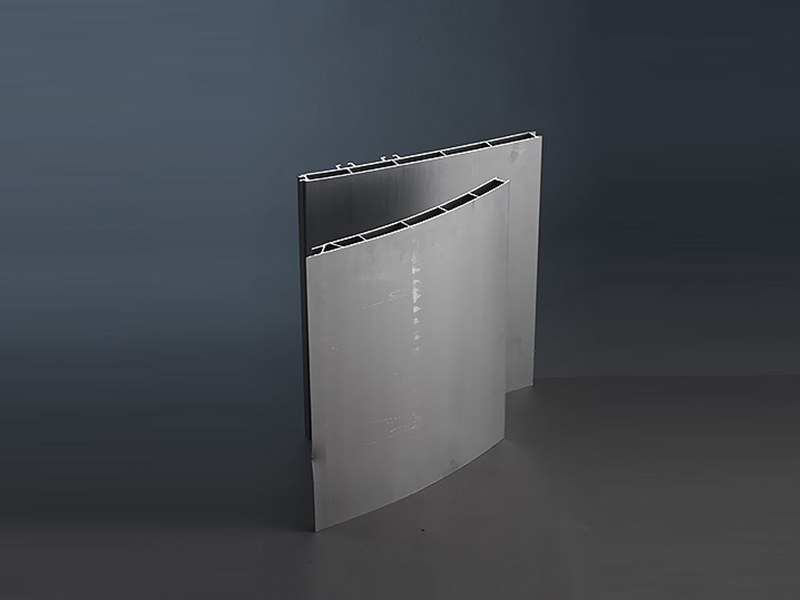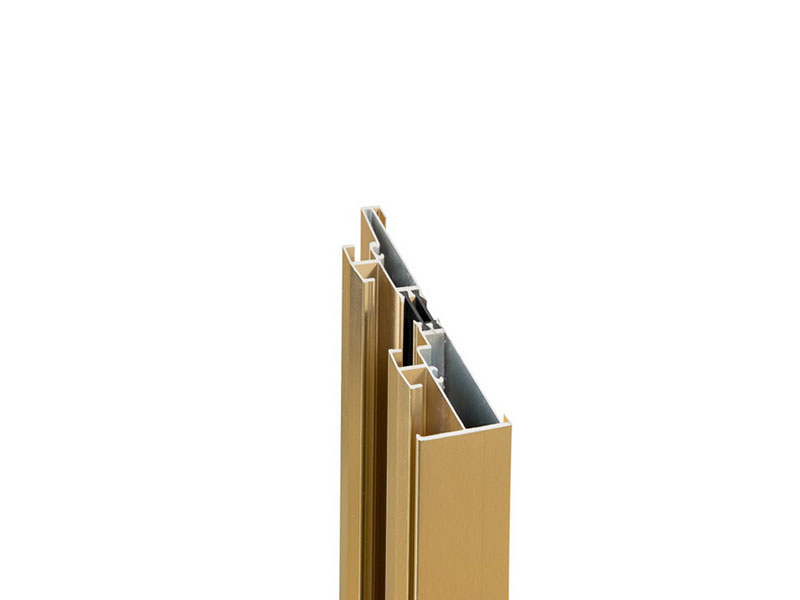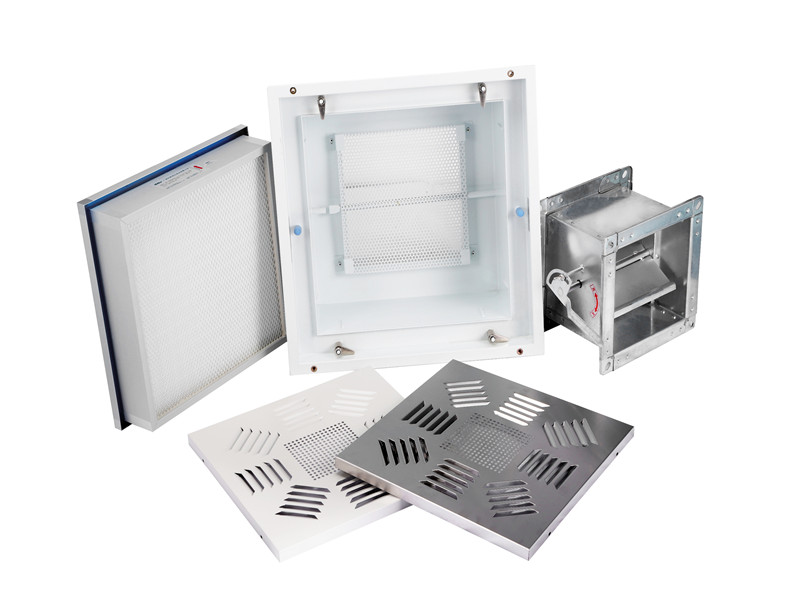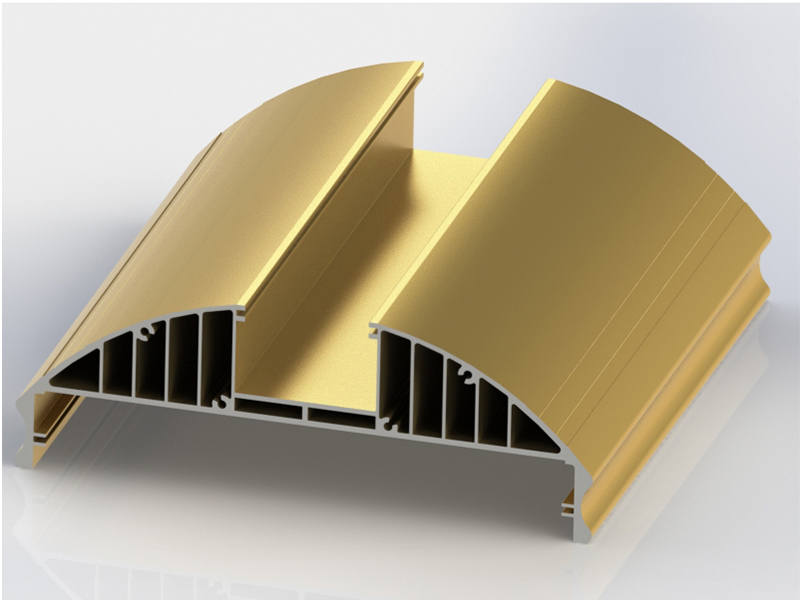
Common corrosion on industrial aluminum profiles
In general, the basic types of industrial aluminum profiles are somewhat corrosive, galvanic, crevice, intergranular, and filiform. The following is a brief introduction to these types of corrosion.
One point corrosion
Pitting corrosion, also known as pore corrosion, is a highly localized form of corrosion on the metal that produces pinpoints, spots, and holes. Aluminum can cause pitting corrosion in the atmosphere, fresh water, and neutral aqueous solution. Seriously, it can lead to perforation, but the corrosion hole may eventually stop developing and the corrosion amount will remain at a limit. Pitting corrosion is a unique form of anodic reaction and is an autocatalytic process.
2. Galvanic corrosion
Galvanic corrosion is also a characteristic corrosion form of aluminum. The natural potential of aluminum is very negative. When aluminum is in contact with other metals, aluminum is always at the anode to accelerate its corrosion. Galvanic corrosion, also known as bimetallic corrosion, is determined by the relative position of the two metal potentials.
3. Crevice corrosion
The crevice corrosion is caused by the difference of the gas-filled battery, which causes the corrosion in the gap to accelerate, and there is no influence outside the gap. Crevice corrosion has little to do with alloy type, and even very corrosion resistant alloys can cause crevice corrosion. In recent years, the mechanism of crevice corrosion has been studied in more depth. The acidic environment at the top of the gap is the driving force of corrosion.
4.Intergranular corrosion
Intergranular corrosion means that pure aluminum does not prosper intergranular corrosion. The reason of intergranular corrosion is related to improper heat treatment. Alloying elements or intermetallic compounds precipitate along the grain boundary, and the anode is a corrosion cell with respect to the crystal grains, causing intergranular Corrosion is accelerated.
5. Filamentous corrosion
Filamentous corrosion is a kind of under-film corrosion that develops under the film in the form of worms. This film can make the film, or other layers, generally do not occur under the anodized film.
One point corrosion
Pitting corrosion, also known as pore corrosion, is a highly localized form of corrosion on the metal that produces pinpoints, spots, and holes. Aluminum can cause pitting corrosion in the atmosphere, fresh water, and neutral aqueous solution. Seriously, it can lead to perforation, but the corrosion hole may eventually stop developing and the corrosion amount will remain at a limit. Pitting corrosion is a unique form of anodic reaction and is an autocatalytic process.
2. Galvanic corrosion
Galvanic corrosion is also a characteristic corrosion form of aluminum. The natural potential of aluminum is very negative. When aluminum is in contact with other metals, aluminum is always at the anode to accelerate its corrosion. Galvanic corrosion, also known as bimetallic corrosion, is determined by the relative position of the two metal potentials.
3. Crevice corrosion
The crevice corrosion is caused by the difference of the gas-filled battery, which causes the corrosion in the gap to accelerate, and there is no influence outside the gap. Crevice corrosion has little to do with alloy type, and even very corrosion resistant alloys can cause crevice corrosion. In recent years, the mechanism of crevice corrosion has been studied in more depth. The acidic environment at the top of the gap is the driving force of corrosion.
4.Intergranular corrosion
Intergranular corrosion means that pure aluminum does not prosper intergranular corrosion. The reason of intergranular corrosion is related to improper heat treatment. Alloying elements or intermetallic compounds precipitate along the grain boundary, and the anode is a corrosion cell with respect to the crystal grains, causing intergranular Corrosion is accelerated.
5. Filamentous corrosion
Filamentous corrosion is a kind of under-film corrosion that develops under the film in the form of worms. This film can make the film, or other layers, generally do not occur under the anodized film.




